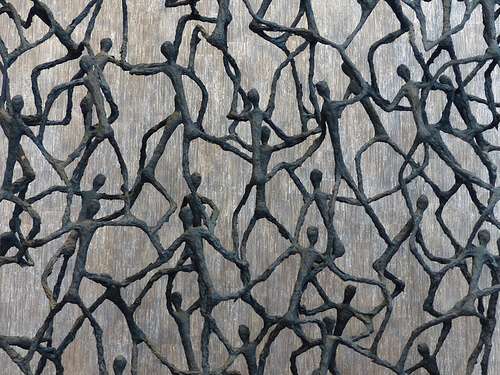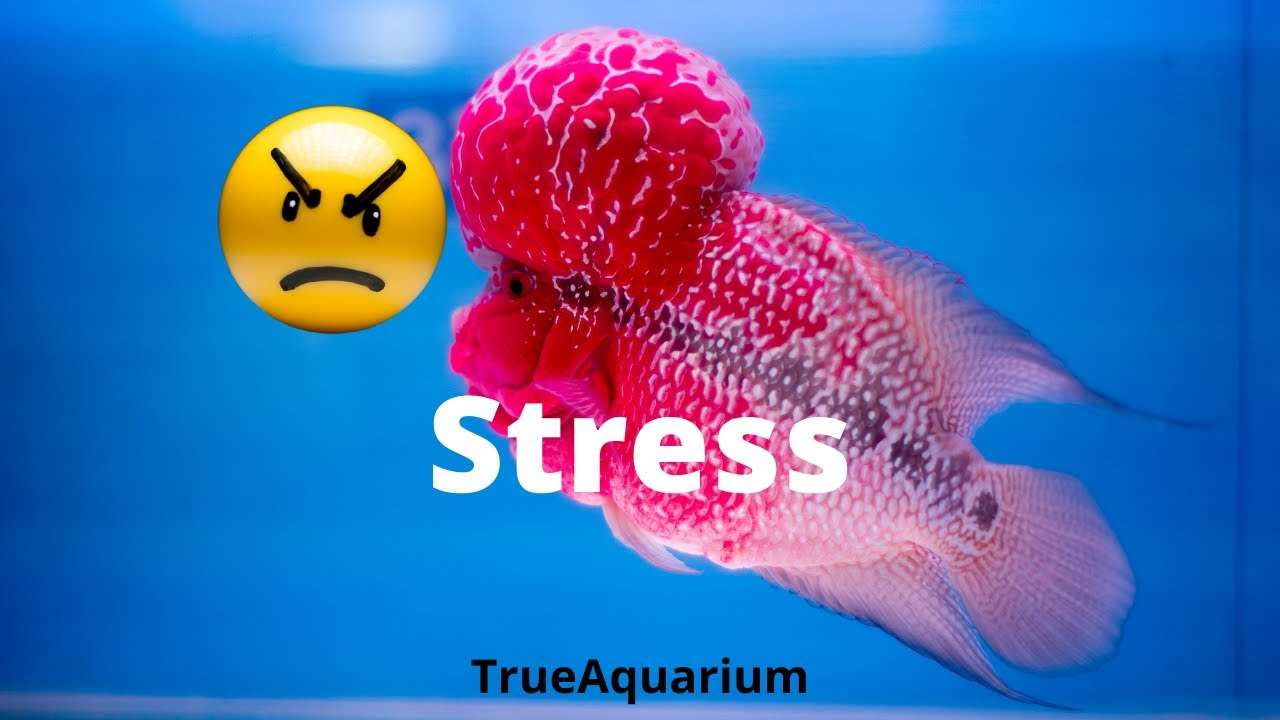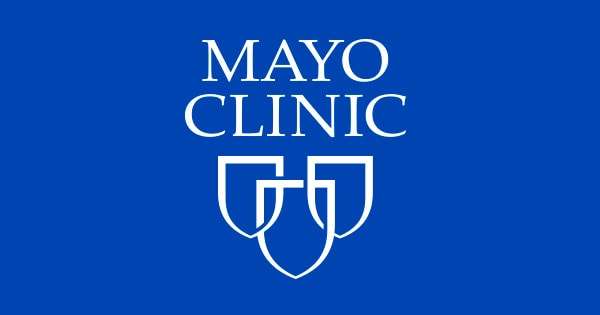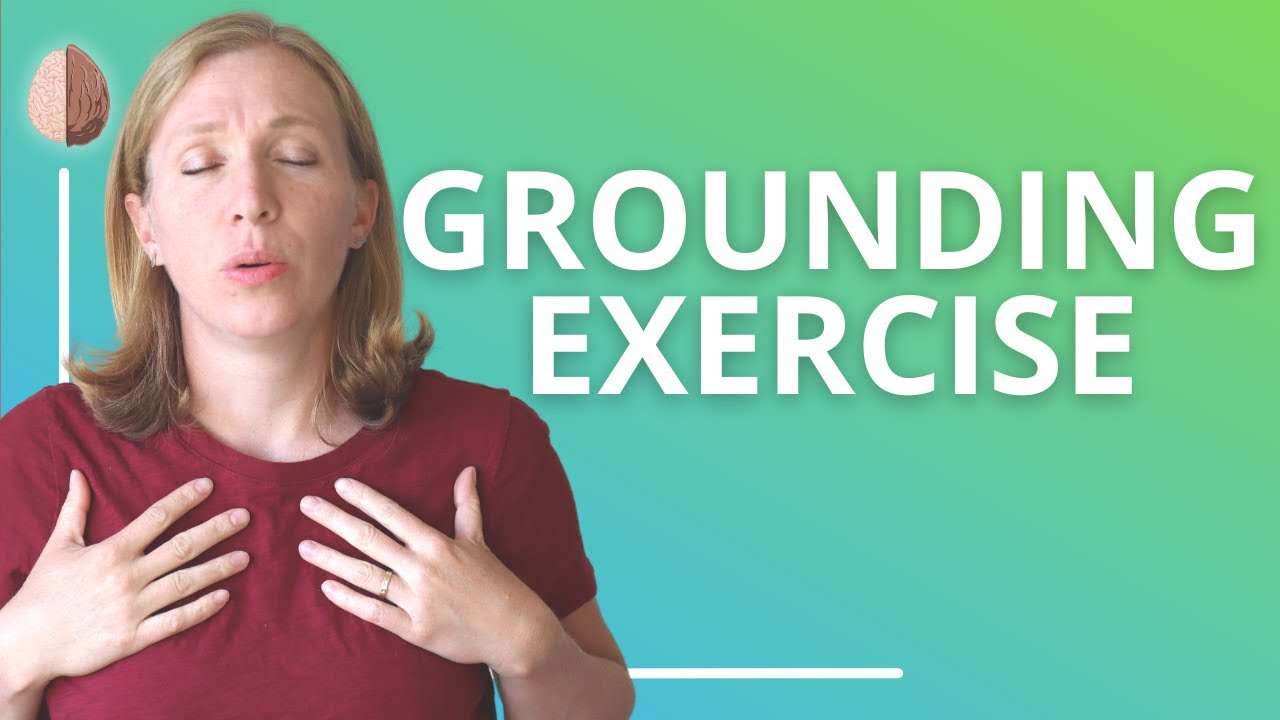Considering schema therapy or simply wondering if it could help you? This type of therapy has been effective in treating a whole range of issues. If you are thinking about visiting a private London psychologist at The Chelsea Psychology Clinic, or looking for options for a loved one, schema therapy could provide the help you need.
What is Schema therapy?
We all have mental images of ourselves. These have built up over the years as we learn and grow and are confronted with challenges. For some people, these impressions of themselves and/or their coping mechanisms in response to them have become a problem. Schema therapy looks at each individual’s specific concerns and how they see themselves. Working together, you and the therapist address patterns of thinking that may date back many years, and find ways to build more positive patterns. This can enable the you to better cope with stress and address problems like relationship issues, depression and anxiety.
What Types of Issues Does Schema Therapy Treat?
Schema therapy can address a whole range of issues from eating disorders to depression. It is most commonly used for long-standing problems. The engrained nature of long-term issues can make it necessary to understand what early experiences and patterns of thinking helped these problems to appear. By delving deeper, schema therapy can address issues that someone has been confronting alone while building a better framework to prevent further issues from developing in the future.
What’s the Difference Between CBT and Schema Therapy?
Schema therapy is actually a form of cognitive-behavioural therapy (CBT). The more common forms of CBT aim to change negative patterns of thinking that lead to negative consequences without spending much time focusing on early life experiences. For many people, this type of CBT is highly effective in making possible changes and resolving a range of issues. For some people, the more intensive schema therapy form of CBT is a better option. This combines the emphasis on building positive patterns of thinking and behaviour with an understanding of how past experiences have contributed to building the existing patterns over years.
How Long Does Schema Therapy Take?
Many factors will impact the duration of each individual’s schema therapy but, generally, it will take between six months and two years. The amount of time required will depend on how frequent therapy sessions are scheduled, the number and types of problems being addressed, and each person’s range of applicable early lifetime experiences.
You will complete questionnaires to help the therapist understand the types of experiences that contributed to developing maladaptive thought processes. Then, together with your therapist, you work to define the goals of the treatment and build a strategy for meeting those goals.
How Do I Know What Type of Therapy Is Best for Me?
Fortunately, you don’t need to know about the different types of therapy to benefit from them. A psychologist will meet with you to discuss your concerns and problems as well as what you hope to achieve during therapy. Based on your goals and the areas that need resolution, your therapist will work with you to develop the best plan of treatment.
What Are the Different Schemas?
Schemas and early maladaptive schemas are themes and patterns at the core of people that create self-defeating thoughts, feelings, and behaviors. They repeat and grow during life.3 The 18 schemas fit into five schema domains that represent a core component of the person’s needs.
The five schema domains are:3
1. Disconnection and Rejection
The disconnection and rejection domain is based on the idea that the client’s desire for love, safety, stability, acceptance, and respect will not be met by family members and caretakers. People with issues in this schema domain may have family members who are detached, cold, unpredictable, and abusive.
The schemas within this domain are:3
- Abandonment and instability
- Mistrust and abuse
- Emotional deprivation
- Defectiveness and shame
- Social isolation and alienation
People with these issues feel that they do not fit in their family or society. They cannot rely on others for support or assistance.
2. Impaired Autonomy and Performance
In the impaired autonomy and performance domain, people believe they cannot function well and succeed independently. Family members and caretakers will typically point out flaws, undermine their successes, or act in overprotective ways, which stifles the child’s confidence and self-assurance.
The schemas within the impaired autonomy and performance domain are:3
- Dependence and incompetence
- Vulnerability to harm and illness
- Enmeshment and underdeveloped self
- Failure
Without feeling capable in their acts and abilities, the individual will be too afraid to embark on new challenges or will fail to perform well in their current undertakings. The people around them will discourage them or mock them for trying in the first place.
3. Impaired Limits
The domain of impaired limits relates to the person’s ability to establish healthy limitations and boundaries with other people. This issue leads to problems respecting others, cooperating with different people, following through with commitments, and meeting long-term goals.
The family influence will come from a place of permissiveness, overindulgence, lack of direction, and a feeling of superiority. This impact will result in the child being unable to tolerate normal stress or recognize their shortcomings.
The schemas specific to the impaired limits domain include:3
- Entitlement and grandiosity
- Insufficient self-control and self-discipline
People struggling with this schema domain will have overly inflated self-esteem with feelings of grandiosity. They could also lack a sense of responsibility for their actions, and engage in overtly selfish behaviors.
4. Other-Directedness
On the other side of the spectrum is the domain of other-directedness, where a person is more focused on selflessness rather than selfishness. As with other extremes, too much selflessness can result in problems in the short and long-term.
The family of origin offers only conditional love and acceptance, so the person learns to suppress and replace their wants and needs for the wants and needs of others. In these families, the parents’ are the focus, instead of the children.
The schemas linked to the other-directedness domain are:3
- Subjugation – surrendering control of needs and emotions to others
- Self-sacrifice
- Approval-Seeking and recognition-seeking
The person will appear generous and giving but to a fault. They will expend all of their physical and emotional resources doing for others before meeting any of their own needs, leaving nothing left for themselves.
5. Over Vigilance and Inhibition
The over vigilance and inhibition domain is based on the tendency of the person to suppress and restrict their impulses to meet their expectations of performance and behavior. They will sacrifice their happiness and health along the way.
Family will create over vigilance and inhibition by being demanding and pessimistic. Here, issues of duty, performance, and avoiding mistakes is key.
The specific schemas related to this domain include:3
- Negativity and pessimism
- Emotional inhibition
- Unrelenting standards and hypercriticalness
- Punitiveness
The person in this situation will seem tense, anxious, and frequently worried. They will judge themselves harshly and believe that others who make mistakes should be judged harshly as well.
Maladaptive Coping Skills
Schema therapy pays particular attention to coping skills a person used as a child and uses in the present. People who react positively can avoid unwanted schema, and people with negative coping skills will only produce problems.2
Three maladaptive coping styles outlined in schema therapy include:2
1. Overcompensation
In overcompensation, the person attempts to fight back against the schema by thinking, acting, and feeling like the schema is not true. The person may take it further to say the opposite of the schema is more accurate. On the outside, they may seem confident and capable, but under the surface, they are struggling to feel good about themselves. This person is still controlled by their schema because they go too far in trying to deny it.
2. Avoidance
Through avoidance, the person will try to organize and shift their life so they never have to activate their schema. As the schemas push closer to the surface, people will go to great lengths to avoid their feelings. They may engage in substance use, promiscuous sex, overeating, compulsive behaviors like cleaning or gambling, or overworking.
3. Surrender
When people surrender as a maladaptive coping skill, they fully understand the connection and feel the associated pain. Their reactions when triggered by the schema is intense and disproportionate to the stimuli. Additionally, they will place themselves in situations at school, work, or home that act as a continuation of the established schemas, so the same patterns play out into adulthood.
As a reaction to stress and danger, a person’s reaction is to fight, take flight, or freeze. Schema therapy views overcompensation as the fight, avoidance as the flight, and surrendering as the freeze.2
Schema Modes
Schema modes comprise several elements of the schema therapy viewpoint. The way a person is feeling and coping at any given moment is their schema mode. Schema modes are constantly shifting and changing.2
Each person’s schemas are different with some being dormant while others are quite active and controlling. People will “flip” between schema modes at various times during the day and experience both functional and dysfunctional schema modes.
Dysfunctional schema modes present when an unhelpful schema is paired with a maladaptive coping skill. It’s important to note, though, that all schema modes fall on a continuum, so some will be more dysfunctional than others.2
There are 10 schema modes that are separated into four broad categories:2
- Child modes including the vulnerable child, the angry child, the impulsive/ undisciplined child, and the happy child modes.
- Dysfunctional coping modes including the compliant surrenderer, the detached protector, and the overcompensator.
- Dysfunctional parent modes including the punitive parent and the demanding parent.
- Healthy adult mode, which is the goal mode.
In these schema modes, a person will behave in certain, predictable ways based on others who are in the same mode. The goal of schema therapy will be to have the client and therapist work to identify the current or recent modes to shift towards healthier, more functioning modes.



